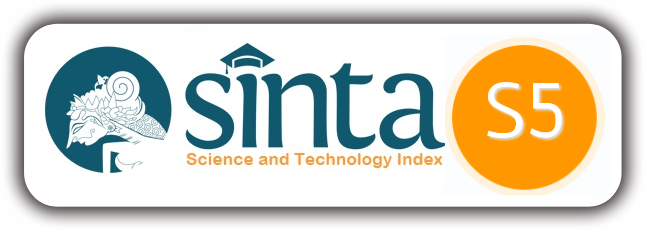PILKADA ACEH 2017: INKONSISTENSI PARTAI POLITIK DAN IDE PEMILU SERENTAK LEGISLATIF-EKSEKUTIF
DOI:
https://doi.org/10.22373/jai.v5i2.547Abstract
The plan to hold simultaneous regional and national elections is an attempt to minimize the political party's inconsistencies and strengthen political parties in modern democracies. Political parties have a role not only to be the vote-seeking party and the office-seeking party but also to the policy seeking party. So it is very important to maintain professionalism through a harmonious relationship between the legislative-executive in the policy sphere. However, the 2017 Aceh Regional Election actually shows a number of things related to the portrait of a weakened political party that has an impact on the professionalism of the legislative-executive relationship during the administration. Based on these considerations, this paper will explain several things. First, factionalization of political parties ahead of the elections. Second, the phenomenon of parties who prefer to become a party supporting compared to the party supporting the elections, and Third, the phenomenon of the party and the opportunist elite. From these problems, local and national simultaneous elections are a necessity for the maturity of Indonesian political parties. If the national election is held for a difference of 2.5 years compared to local elections, this can affect the political map of the legislative-executive level from national to local. The idea of a simultaneously local and national legislative-executive election mechanism carried out per 2.5 years will have an impact on two things: First, reducing the chance of factionalizing political parties. Second, to reduce the number of parties in parliament that not only strengthen the presidential system in parliament, but also the harmonization of governance at the regional level.
Published
How to Cite
Issue
Section
License
Authors who publish with this journal agree to the following terms:
- Authors retain copyright and grant the journal right of first publication with the work simultaneously licensed under a Creative Commons Attribution License (CC-BY-SA) that allows others to share the work with an acknowledgment of the work's authorship and initial publication in this journal (See The Effect of Open Access);
- Authors are permitted and encouraged to post their work online (e.g., in institutional repositories or on their website) prior to and during the submission process, as it can lead to productive exchanges, as well as earlier and greater citation of published work;
- Authors are able to enter into separate, additional contractual arrangements for the non-exclusive distribution of the journal's published version of the work (e.g., post it to an institutional repository or publish it in a book), with an acknowledgment of its initial publication in this journal.















